MADE BY US
Creative Direction for a personal campaign rooted in the idea that minorities in the United States feel unwelcome in this country, while the same people who discriminate against us also indulge in the cheap garments and products manufactured from our countries. The campaign began as a way to highlight this bias until it evolved into a form of personal rooted pride.
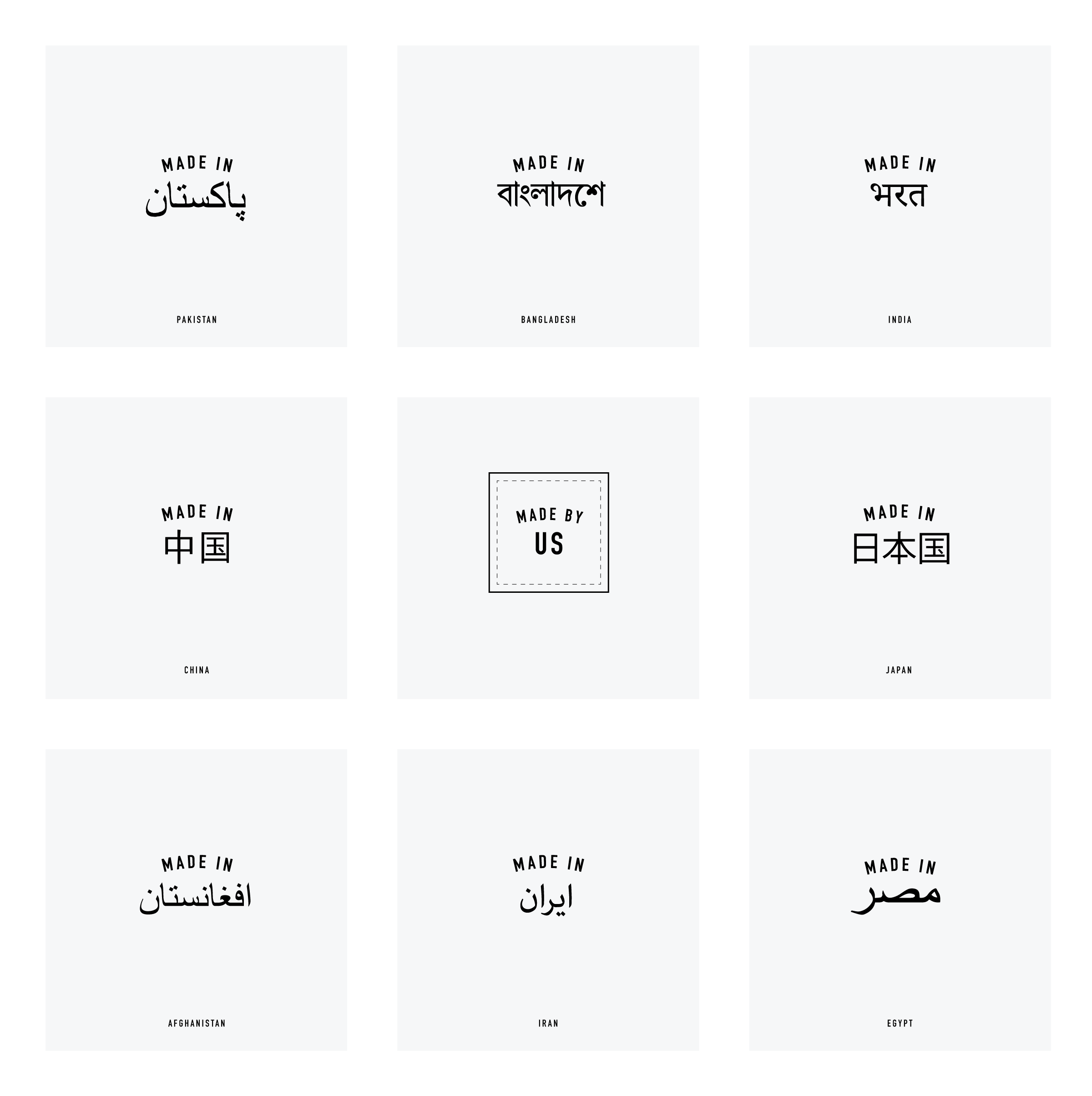
Garment tags were repurposed with each country spelled out using its respective native alphabet. The intention was for Muslims from South Asia (initially) to flip discrimination against our minority population and identify ourselves closer to our roots, while reminding the rest of the country that our presence exists much deeper than the US' minority citizens. Our products are part of everyday life for most the country in an invisible way. The project began with the following slogan to illustrate its purpose:
Made in Pakistan. Made by Us. Made for the US.
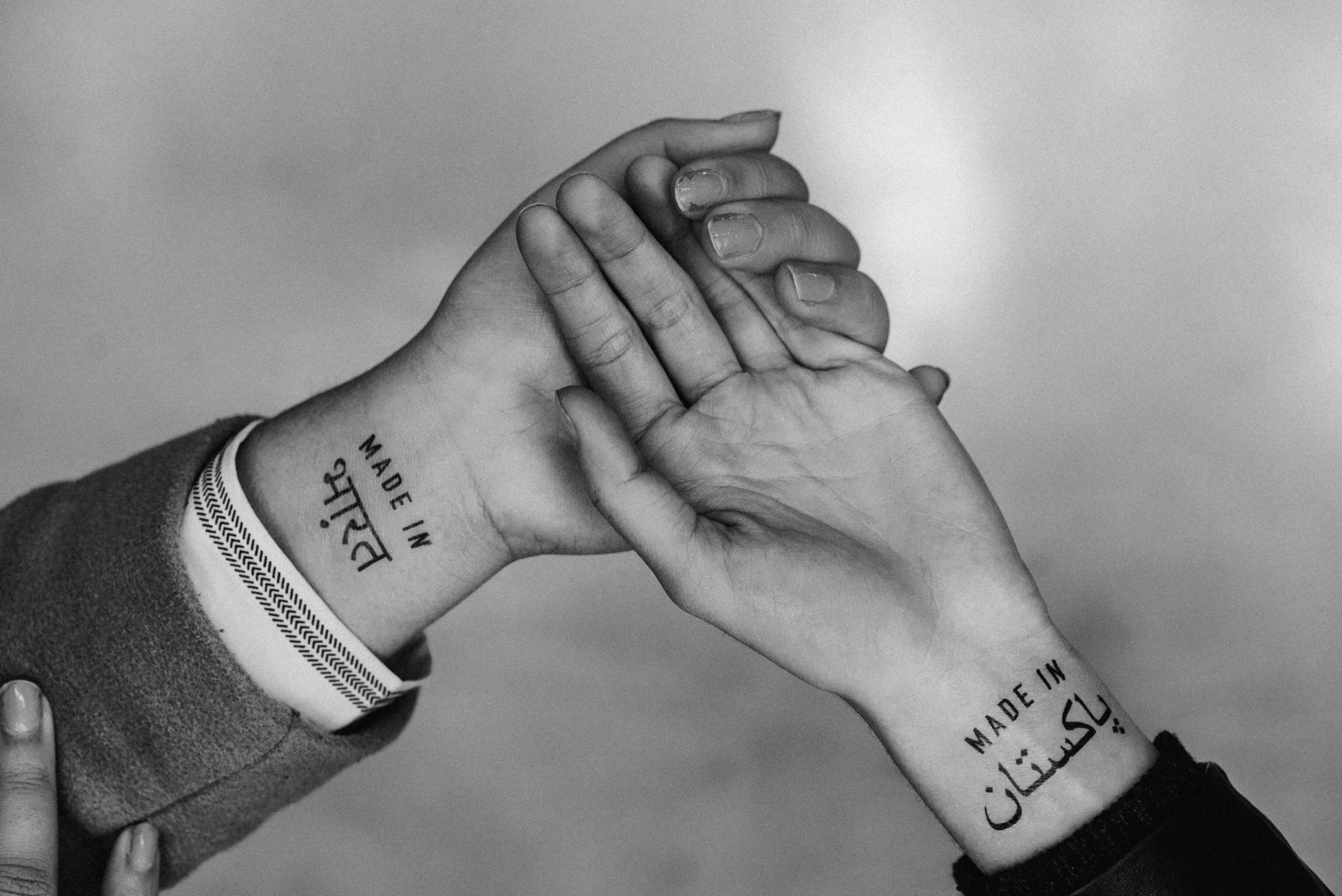
From there, I developed temporary tattoos to distribute to anyone interested in partaking in the project through any interpretation he or she chose to follow. I saw the project become more about the personal struggle of identity due to nationalism - how sometimes we don't feel connected with our families if we were born elsewhere, leaving us as discriminated against in the United States and from our own native countries. Different photographers and artists began incorporating their own voice to the project.
From there, I developed temporary tattoos to distribute to anyone interested in partaking in the project through any interpretation he or she chose to follow. I saw the project become more about the personal struggle of identity due to nationalism - how sometimes we don't feel connected with our families if we were born elsewhere, leaving us as discriminated against in the United States and from our own native countries. Different photographers and artists began incorporating their own voice to the project.
"It's impossible to understand where we are today without understanding our history. Nations are built and destroyed by ideas. Pakistan was born from a line on a map drawn by a British man, splitting India into halves and tearing apart Punjab and Bengal, the sites of Partition's bloodiest scenes. Bangladesh was born from a gruesome war of independence from Pakistan. Lines are drawn on maps, wars are fought, and generations of people witness unimaginable violence because of shifting ideas of nationalism. This is not a moral condemnation of those histories, but a reminder to be critical of the narratives presented to us about what our country stands for. It is also reminder to pay close attention to who exactly is excluded from those narratives, and from the definition of the nation."

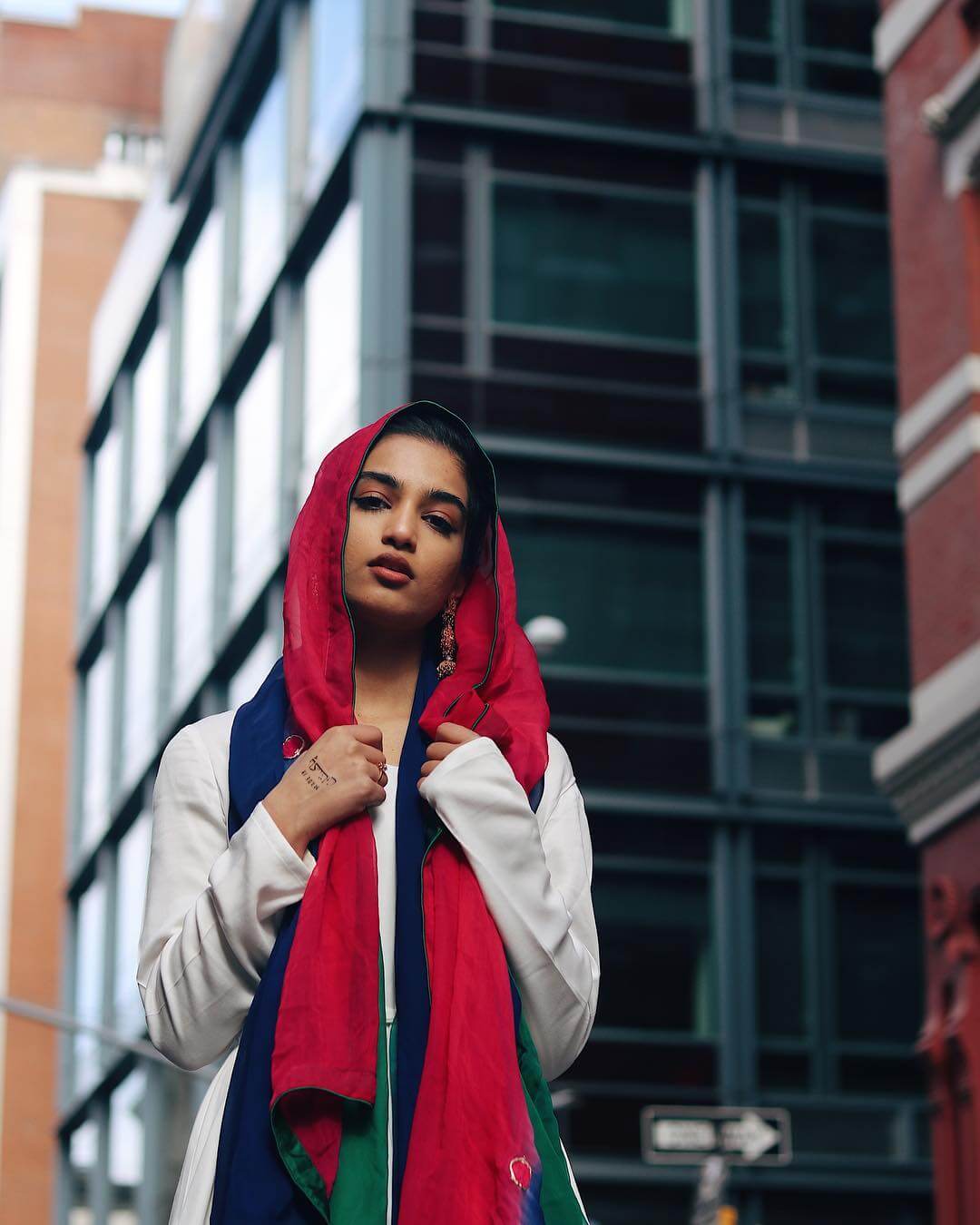
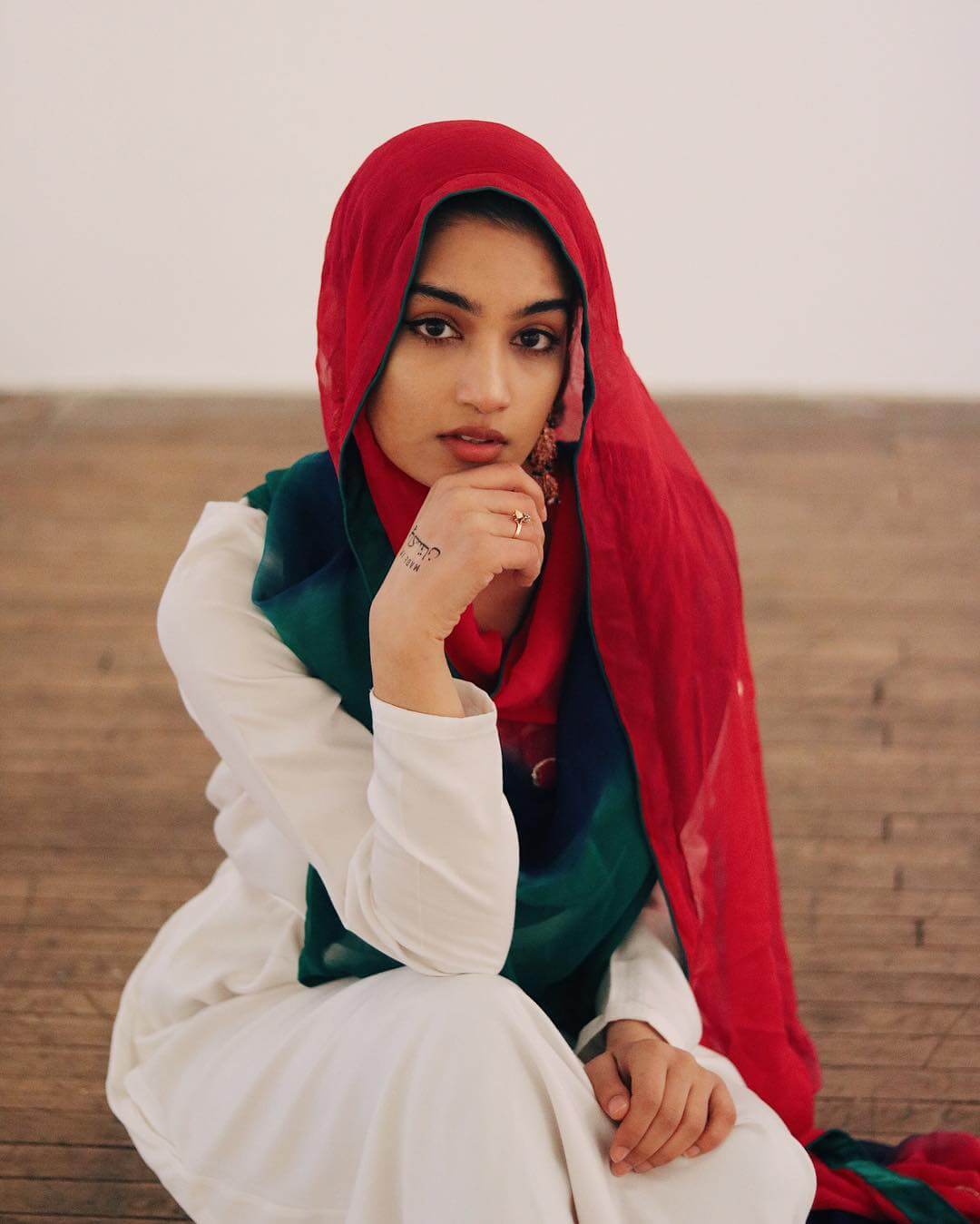
@hajra_aaa, shot by @torimumtaz

@sidrahc in frame.

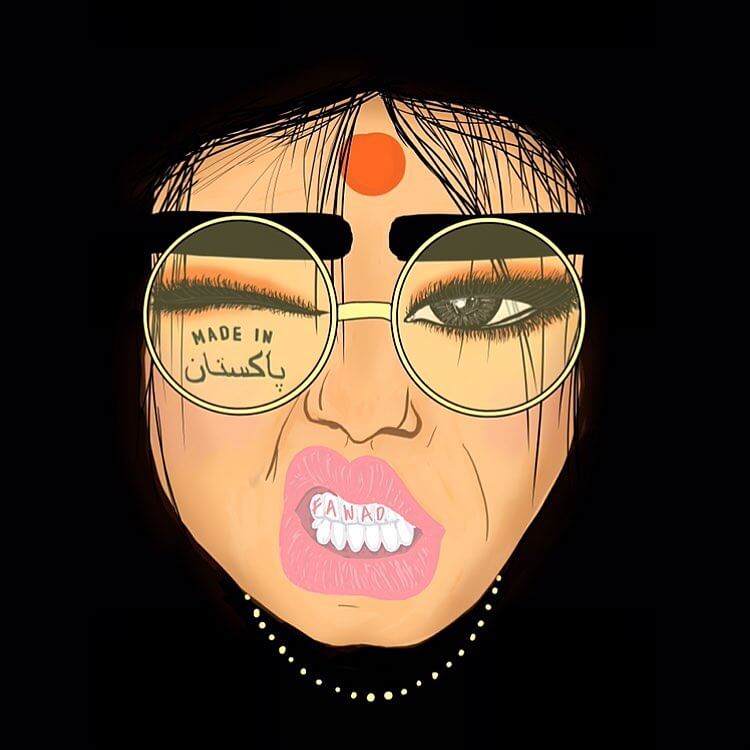
Trimurti ~ Fawad Khan by @babbuthepainter
I designed a limited run of 50 hats to continue the presence and development of the project, available once on my Instagram story. Not for profit, but for the purpose of creating more conversation around the project.

Top: via @zarashake (in frame).


Above: via @raafiaj // Right: @bismati_rice
Above: via @raafiaj // Bottom: @bismati_rice

The final stage was to look more internally at the Muslim community and wonder if we're doing enough to fight discrimination. I painted a mural at the illMuslims Social event in Washington DC in early 2017, outlining the United States with the top fifty countries by Muslim population. Do we focus too much on our own individual representation within the United States to the point where we forget how to acknowledge each other?
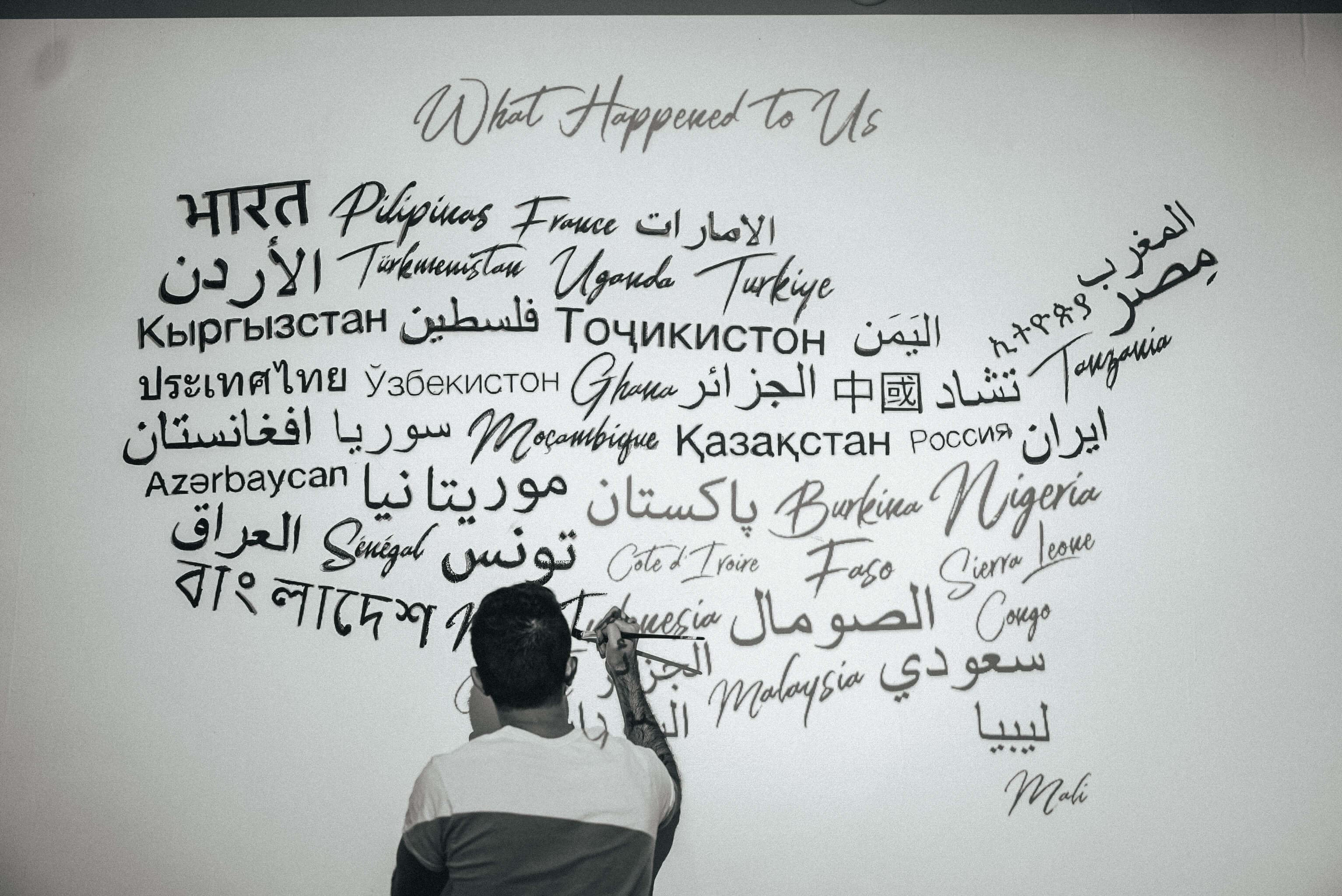
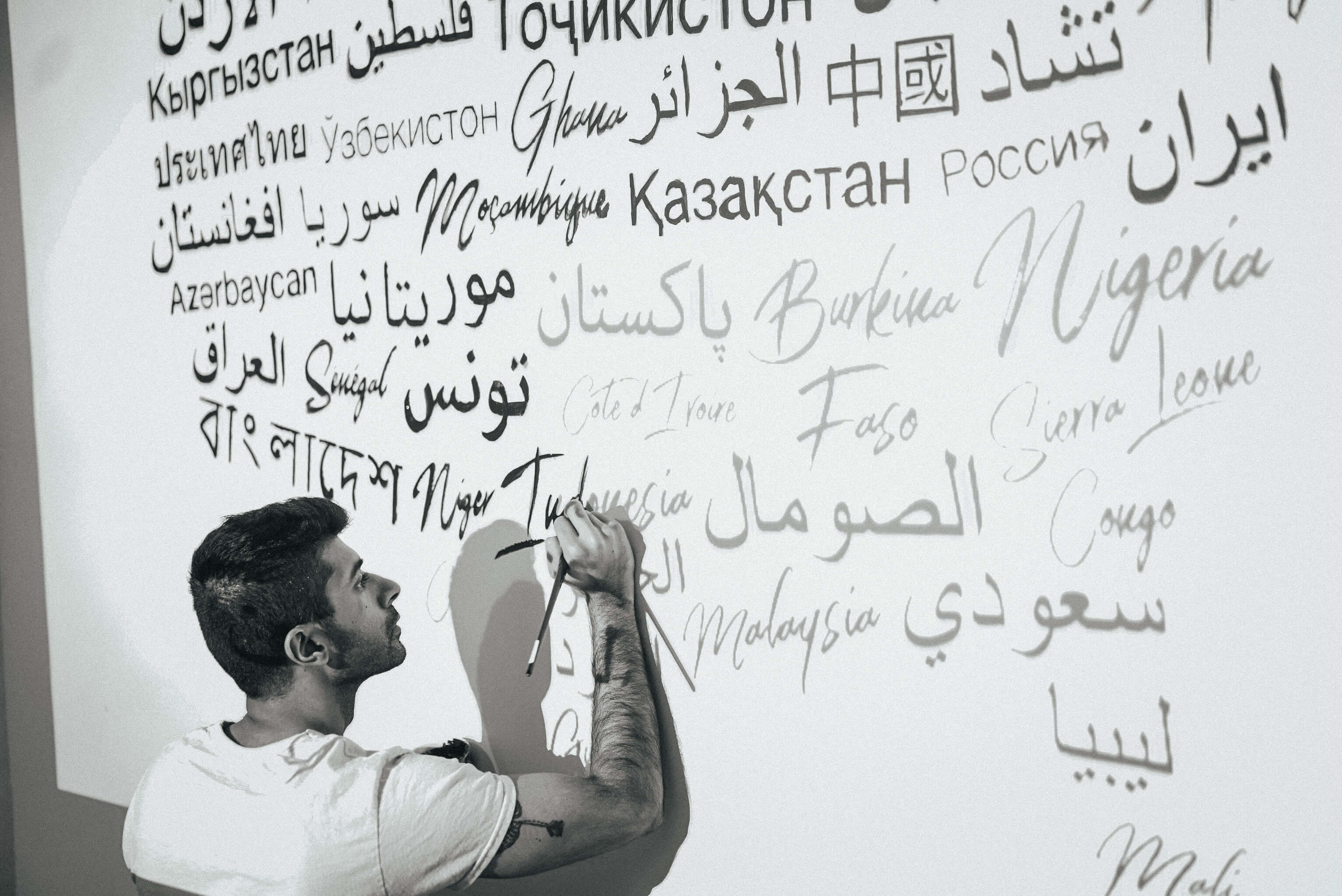
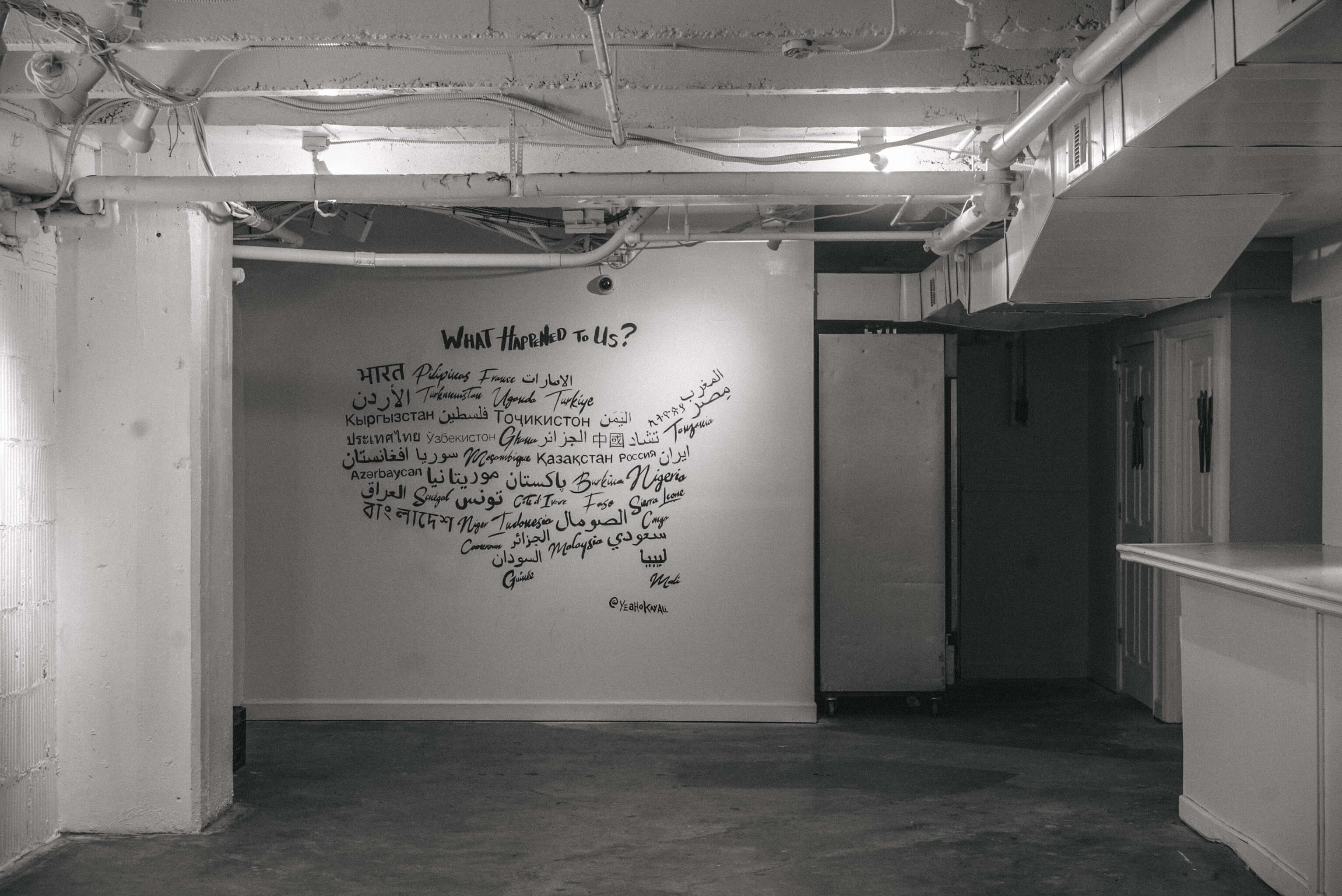
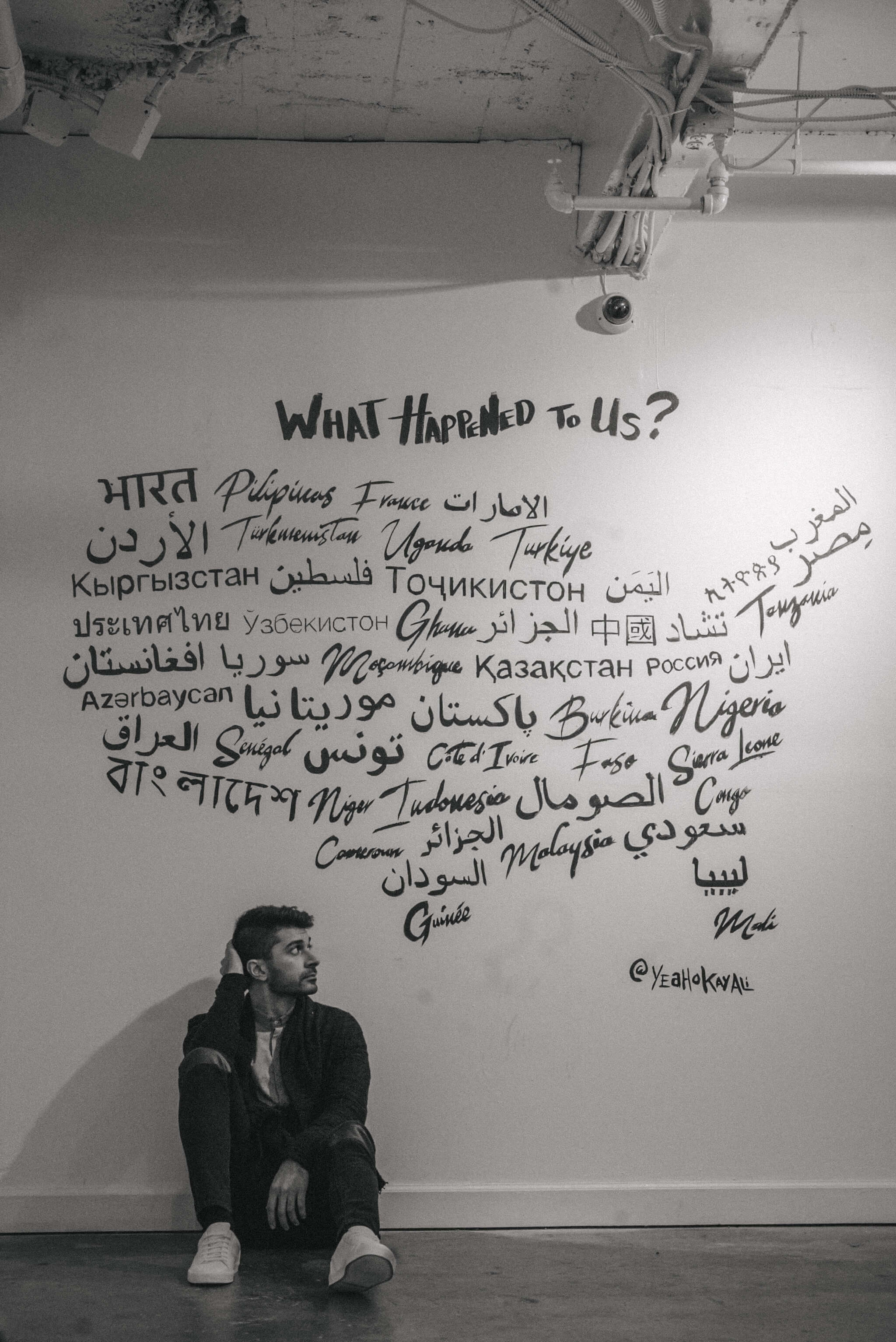
The mural, despite its positive response, also came with its own wide gamut of interpretation; that it was a symbol of solidarity, that it showed the true nature of diversity within the United States, or that it showed the power and importance of learning, keeping, and speaking a variety of languages. The project suggested that there's still much to understand about identity and representation, and the goal can't be simplified with just how representation works as outreach towards the majority in the United States; rather, there should be a means to discover pride in your native roots with an understanding of its history and culture, all without the discrimination that comes with pinning one culture against other.
The mural, in addition to its positive response, also came with its own wide gamut of interpretation; that it was a symbol of solidarity, that it showed the true nature of diversity within the United States, or that it showed the power and importance of learning, keeping, and speaking a variety of languages. The project suggested that there's still much to understand about identity and representation, and the goal can't be simplified with just how representation works as outreach towards the majority in the United States; rather, there should be a means to discover pride in your native roots with an understanding of its history and culture, all without the discrimination that comes with pinning one culture against other.
The mural, in addition to its positive response, also came with its own wide gamut of interpretation; that it was a symbol of solidarity, that it showed the true nature of diversity within the United States, or that it showed the power and importance of learning, keeping, and speaking a variety of languages. The project suggested that there's still much to understand about identity and representation, and the goal can't be simplified with just how representation works as outreach towards the majority in the United States; rather, there should be a means to discover pride in your native roots with an understanding of its history and culture, all without the discrimination that comes with pinning one culture against other.
The mural, in addition to its positive response, also came with its own wide gamut of interpretation; that it was a symbol of solidarity, that it showed the true nature of diversity within the United States, or that it showed the power and importance of learning, keeping, and speaking a variety of languages. The project suggested that there's still much to understand about identity and representation, and the goal can't be simplified with just how representation works as outreach towards the majority in the United States; rather, there should be a means to discover pride in your native roots with an understanding of its history and culture, all without the discrimination that comes with pinning one culture against other.
The mural, in addition to its positive response, also came with its own wide gamut of interpretation; that it was a symbol of solidarity, that it showed the true nature of diversity within the United States, or that it showed the power and importance of learning, keeping, and speaking a variety of languages. The project suggested that there's still much to understand about identity and representation, and the goal can't be simplified with just how representation works as outreach towards the majority in the United States; rather, there should be a means to discover pride in your native roots with an understanding of its history and culture, all without the discrimination that comes with pinning one culture against other.
WANT TO CHAT?
WANT TO CHAT?
Hit me up any way you feel comfortable. If you’d like to reach me directly, let’s talk at ali.r.malik@gmail.com. If you’re kind of shy and want to inch your way to direct communication, find me on any of the social media links on the right. Want to go to the main page? Here you go.
Hit me up any way you feel comfortable. If you’d like to reach me directly, let’s talk at ali.r.malik@gmail.com. If you’re kind of shy and want to inch your way to direct communication, find me on any of the social media links below. Want to go to the main page? Here you go.
Hit me up any way you feel comfortable. If you’d like to reach me directly, let’s talk at ali.r.malik@gmail.com. If you’re kind of shy and want to inch your way to direct communication, find me on any of the social media links below. Want to go to the main page? Here you go.
